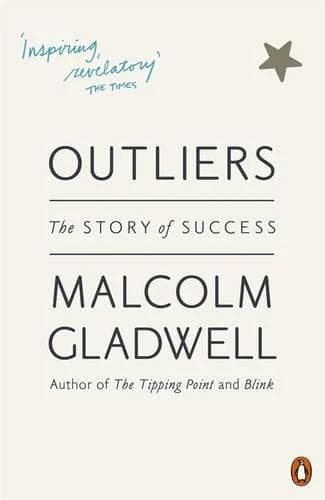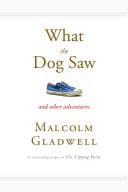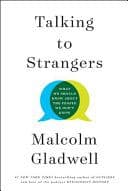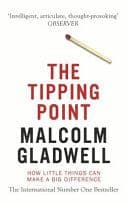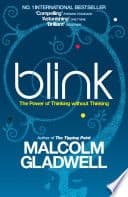
Blink:
The Power of Thinking Without Thinking
You’ll never think about thinking in the same way again
DIFFICULTY
intermediate
PAGES
260
READ TIME
≈ 260 mins
DIFFICULTY
intermediate
PAGES
260
READ TIME
≈ 260 mins
About Blink
The science of snap judgments—those instant decisions we make before we even realize we’re thinking. Malcolm Gladwell calls it “thin-slicing”: the brain’s ability to draw powerful conclusions from the smallest slivers of information. From art experts who sense a fake in seconds to doctors who save lives by simplifying choices, Gladwell shows when intuition hits the mark—and when it catastrophically fails.
The book’s quiet provocation is that intuition isn’t magic; it’s pattern recognition trained by experience. But when bias, noise, or pressure creep in, our instincts betray us, leading to disastrous misreads and false confidence. Gladwell’s real message: more data isn’t always better. Sometimes, thinking less—and designing decisions that protect us from our blind spots—is the smarter move. Blink ultimately asks: when should we trust our gut, and when should we question it?
What You'll Learn
- The concept of thin-slicing and when rapid judgments can be highly accurate
- Distinguish between expert intuition and biased snap judgments, and know the conditions under which each thrives or fails.
- How context, priming, and framing shape first impressions
- How to improve decisions when intuition is unreliable
- Strategies to reduce prejudice-driven errors and make better intuitive choices
Key Takeaways
- Expertise makes intuition more reliable
- Bias can distort first impressions
- Too much information can actually hinder insight
- The power of snap judgements
